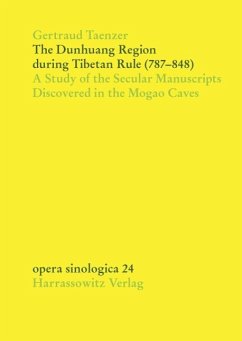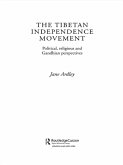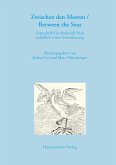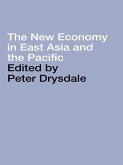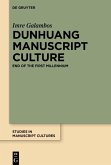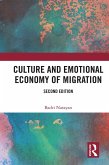The finds of the Mogao Caves enable us to study contemporary sources concerning the Dunhuang Region in north-western China during Tibetan Rule (787-848 BC). In some areas of research the information found in Chinese and Tibetan manuscripts comes from different sources, which complement each other. In tax-related manuscripts, for example, the Chinese manuscripts reflect the bookkeeping of the lower ranking officials, while the Tibetan manuscripts deal with the communication between the Tibetan administrators of the area and the Chinese local officials. The volume by Gertraud Taenzer comprises Chinese and Tibetan manuscripts as well as fragments of manuscripts alike to shed light on the circumstances in Dunhuang under Tibetan rule. The main focus is on the economic situation of the region, the volume is divided into three parts: The Organisation of the Tibetan Empire, Population, and Related Manuscripts and Economy. To be able to understand the manuscripts better and finally to evaluate the economic situation of the area in the Tibetan period, the administrative system of the area is clarified and the ethnographic composition of the people resident in the region is looked into. Moreover, especially as far as the chapter on economy is concerned, many manuscripts which have not been studied before are included. These are combined with the manuscripts already discussed to clarify our understanding of the life of the inhabitants of Dunhuang during this period of time.
Dieser Download kann aus rechtlichen Gründen nur mit Rechnungsadresse in A, B, BG, CY, CZ, D, DK, EW, E, FIN, F, GR, HR, H, IRL, I, LT, L, LR, M, NL, PL, P, R, S, SLO, SK ausgeliefert werden.

